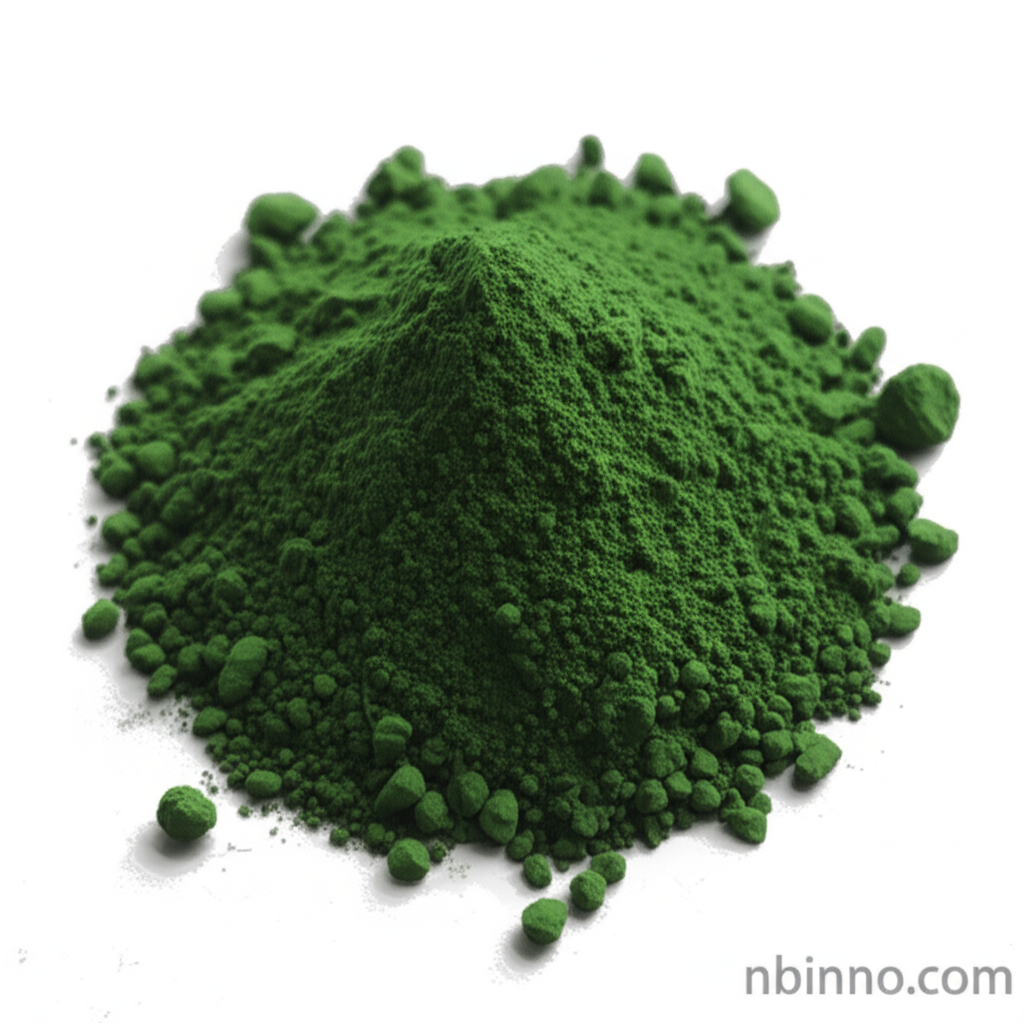Copper(II) Acetate: Versatile Catalyst and Pigment Intermediate
A key fine chemical for organic synthesis, agriculture, and industrial coloring applications.
Get a Quote & SampleProduct Core Value

Copper(II) Acetate
Copper(II) Acetate, a vital fine chemical intermediate, serves a multitude of industrial purposes. Its dark green crystalline appearance and high assay of at least 98.0% make it suitable for demanding applications. It acts as a crucial analytical reagent and a highly effective catalyst in organic synthesis, driving numerous chemical reactions forward.
- Utilized as a critical component in organic synthesis, Copper(II) acetate acts as a versatile catalyst, supporting the creation of complex chemical structures.
- Its efficacy as a fungicide makes it a valuable asset in agriculture for crop protection against fungal diseases.
- The compound functions as an important fixing agent in the printing and dyeing industries, ensuring vibrant and lasting colors.
- As a key pigment intermediate, it contributes to the production of various colored materials.
Advantages Offered by the Product
High Purity and Consistency
With an assay of ≥ 98.0%, Copper(II) acetate guarantees reliable performance in sensitive chemical processes, contributing to reproducible results in organic synthesis.
Multifaceted Industrial Utility
From acting as an organic synthesis catalyst to its roles as an insecticide and fungicide, this compound offers broad applicability across different sectors.
Effective Dyeing and Pigmentation
Its function as a fixing agent in printing and dyeing, along with its use as a pigment intermediate, highlights its importance in the textile and color industries.
Key Applications
Analytical Chemistry
As an analytical reagent, Copper(II) acetate is employed in various laboratory tests and analyses, ensuring accurate chemical assessments and quality control.
Organic Synthesis
Leveraged as an organic synthesis catalyst, it facilitates a range of chemical transformations, making it indispensable for chemists developing new compounds.
Agriculture
Its fungicidal properties make it a key ingredient in agricultural formulations for protecting crops from disease, supporting healthy yields.
Textile Industry
In textile dyeing and printing, it acts as a fixing agent, enhancing color fastness and vibrancy, crucial for high-quality fabric finishing.
